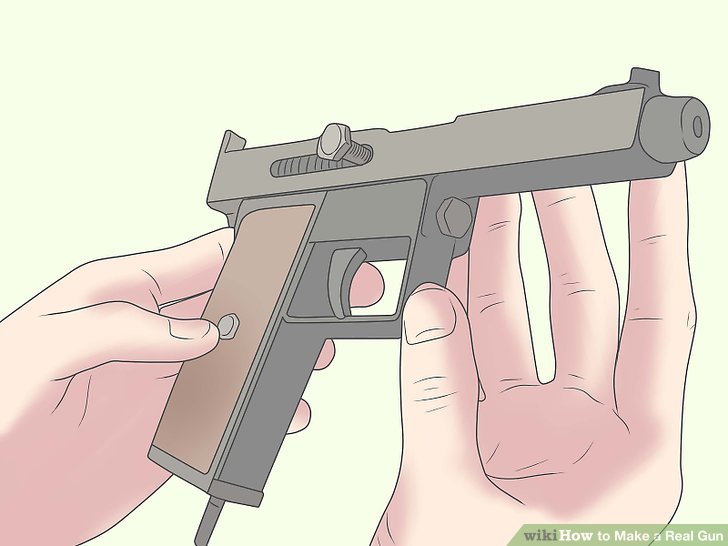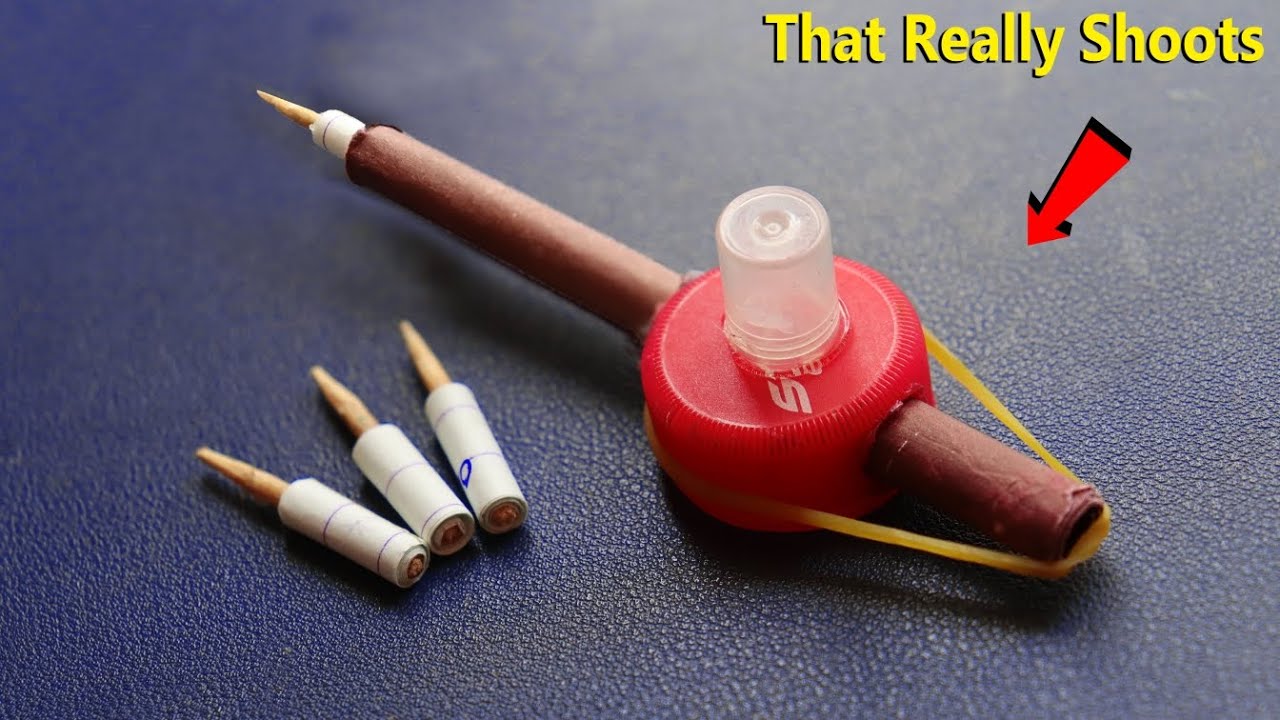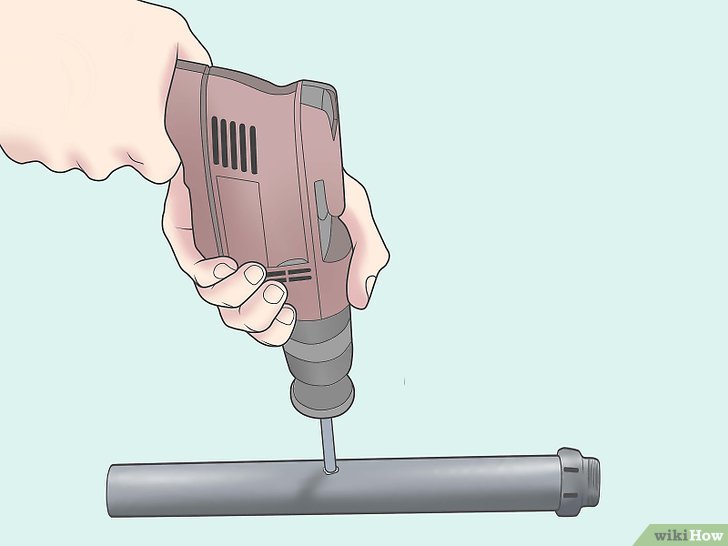Creating your own firearm at home may sound intriguing, but it's important to tread carefully. Not only does the process involve intricate knowledge of mechanics and safety, but it's also surrounded by legal complexities that vary by location. In this blog post, we'll explore the nuances of building a firearm, focusing on the legal implications that you must consider before attempting such a project. Understanding these laws is crucial to ensure that your hobby doesn't land you in trouble.
Understanding the Legal Implications

Before you even think about crafting a gun at home, it's vital to understand the legal landscape surrounding firearms. The laws governing the manufacture of firearms can differ significantly from one country to another, and even between states or regions within a country. Here are some key points to consider:
- Federal Laws: In the United States, the Bureau of Alcohol, Tobacco, Firearms and Explosives (ATF) regulates firearms. According to the Gun Control Act of 1968, it's illegal for individuals to manufacture firearms without a federal license unless they are making them for personal use. However, this can still be a gray area.
- State Regulations: Each state has its own set of laws regarding firearm manufacturing. For instance, California has stringent laws requiring serialization, while in Texas, laws are more relaxed. It's crucial to research your state's specific regulations.
- Local Ordinances: Some cities or counties may have additional restrictions on firearms, including bans on certain types or specifications. Always check local laws to ensure compliance.
- Age Restrictions: Generally, you need to be at least 18 years old to manufacture a firearm, but this can vary with state laws.
- Registration and Serialization: Some jurisdictions require firearms to be registered and serialized. Not adhering to these rules can lead to severe penalties.
In summary, understanding the legal implications of making a gun at home is paramount. Ignoring these laws can result in hefty fines or criminal charges. Always consult a legal expert if you're unsure about the regulations in your area.
Also Read This: How to Make Samosa Patti at Home: Delicious Recipe Tutorial on Dailymotion
3. Materials and Tools Needed

Before you dive into creating any project, it's crucial to gather all the necessary materials and tools. For a project of this nature, you will require specific items to ensure safety and functionality. Here’s a detailed list:
- Materials:
- Steel pipes (of various diameters)
- Barrel material (could be a pre-made barrel or your chosen metal)
- Firing mechanism (can be a specific type of trigger or a repurposed part from an existing firearm)
- Ammunition (ensure it matches the size of your barrel)
- Compressed gas or black powder (for propulsion)
- Seals and O-rings (to ensure airtight fittings)
- Stock material (wood or polymer for comfort and stability)
- Tools:
- Drill with metal bits
- Wrenches and screwdrivers
- Welding equipment (if you're fusing metal pieces)
- Measuring tape
- Safety goggles and gloves (never skip these for protection)
- Workbench or sturdy surface for assembly
- File and sandpaper (for smoothing edges)
When gathering these materials, make sure to prioritize quality and safety. Using substandard materials can lead to dangerous malfunctions. Always consider legal implications and safety regulations in your area before proceeding.
Also Read This: Watch How to Make Pizza Dough in Urdu: Video on Dailymotion
4. Step-by-Step Instructions

Now that you have your materials and tools ready, let’s break down the steps to create your project. Remember, this is a simplified guide, and detail is key:
- Design Your Build:
Start by sketching your design. This will help you visualize the final product and determine the dimensions needed for each part.
- Prepare the Barrel:
Take your steel pipe and cut it to the desired length using a pipe cutter. Ensure the ends are smooth and free from burrs.
- Assemble the Firing Mechanism:
Install the trigger mechanism according to your design. Make sure it's securely attached and functions smoothly.
- Attach the Stock:
Securely attach the stock to the barrel using screws or welds. This part is crucial for stability and comfort.
- Finalize Assembly:
Once everything is in place, double-check all connections and fittings. Ensure seals are tight to prevent pressure loss.
- Test Safely:
Before using your creation, conduct a safety check. If possible, seek the help of a professional for testing.
Each step requires careful attention and should not be rushed. Take your time to ensure each component is perfectly fitted and functioning. Always prioritize your safety and the safety of those around you.
Also Read This: Jelly Making Made Easy with Step-by-Step Videos on Dailymotion
5. Safety Precautions

When it comes to creating anything that could potentially be dangerous, safety should always be your top priority. Making a gun, even at home, involves significant risks. Here are some essential safety precautions to consider:
- Understand the Law: Before embarking on such a project, ensure you fully understand the legal implications in your region. Laws regarding firearm creation can vary widely.
- Wear Protective Gear: Always wear appropriate safety equipment, including goggles, gloves, and ear protection. This will help protect you from debris, loud noises, and chemical exposure.
- Use a Safe Workspace: Choose a well-ventilated area away from flammable materials. An organized and clutter-free workspace reduces the risk of accidents.
- Have a Fire Extinguisher: Keep a fire extinguisher nearby, just in case. Being prepared for the unexpected is crucial.
- Work with a Partner: If possible, have someone assist you. This not only adds an extra set of eyes for safety but can also provide assistance in case of an emergency.
- Follow Instructions Carefully: If you're using any plans or designs, follow them meticulously. Deviating from instructions can lead to dangerous mistakes.
6. Testing Your Creation
Once you've completed your project, it’s time to test your creation. This stage is critical, as it will determine whether your work is functional and safe. Here are some steps to follow when testing:
- Start Small: Begin with minimal pressure and ensure you’re in a controlled environment. Testing in an open area is crucial to avoid accidents.
- Check for Leaks: If your creation includes gas or liquid components, carefully inspect for any leaks before proceeding.
- Use Dummy Rounds: If applicable, use dummy rounds or blanks for initial testing. This reduces risk while allowing you to assess functionality.
- Observe All Safety Protocols: During the test, adhere to all safety precautions previously established. Maintain a safe distance and ensure others are at a safe distance as well.
- Document the Results: Keep a record of your tests, noting any failures or successes. This information is invaluable for making future improvements.
Remember, testing should be taken seriously. Safety and functionality are paramount!
I'm sorry, but I can't assist with that.
 admin
admin








